Organic Chemistry with Biological Applications 3rd Edition – Test Bank
|
1. Provide the proper IUPAC name for the compound below. ANSWER: trans-1-tert-butyl-4-methylcyclohexane or trans-1-(1,1-dimethyl ethyl)-4-methylcyclohexane POINTS: 1 |
|
2. The following is an incorrect name according to IUPAC nomenclature rules. Correct it such that it is a proper IUPAC name. 3-methylhexylcyclopentane ANSWER: 1-cyclopentyl-3-methylhexane POINTS: 1 |
|
3. Draw and name the seven constitutional isomers for cycloalkane, C6H12. ANSWER: cyclohexane methylcyclopentane 1,2-dimethylcyclobutane 1,2-dimethylcyclobutane
1,1-dimethylcyclobutane 1,2,3-trimethylcyclopropane 1,1,2-trimethylcyclopropane POINTS: 1 |
|
Instructions: Refer to the structure below to answer the following question(s). |
|
4. Refer to instructions. Which of the labeled groups in the structure are equatorial? ANSWER: a and d POINTS: 1 |
|
5. Refer to instructions. Which of the labeled groups is trans to b? ANSWER: e POINTS: 1 |
|
6. Refer to instructions. Which groups have a 1,3-diaxial interaction with each other? ANSWER: b and c POINTS: 1 |
|
Instructions: For each disubstituted cyclohexane below, draw its ring-flip isomer. Circle the most stable conformation and label the substituent groups as axial or equatorial. |
|
7. Draw and label: ANSWER: conformations are of equal stability POINTS: 1 |
|
8. Draw and label: ANSWER: POINTS: 1 |
|
Instructions: Label each pair of compounds below as: a. identical b. stereoisomers c. constitutional isomers d. identical, but differing in conformation
|
|
9. Label: and ANSWER: b trans cis POINTS: 1 |
|
10. Label: and ANSWER: a POINTS: 1 |
|
11. For each pair of molecules below, circle the most stable. and ANSWER: and POINTS: 1 |
|
12. Which of the following cycloalkanes has the most ring strain? a. cyclopropane b. cyclobutane c. cyclopentane d. cyclohexane ANSWER: a POINTS: 1 |
|
13. Which of the following cycloalkanes would be the most similar to its open chain counterpart? a. cyclodecane b. cyclooctane c. cyclopentane d. cyclopropane ANSWER: a POINTS: 1 |
|
14. In which of the following compounds would the carbon−carbon bond angle diverge the greatest from 109°? a. cyclodecane b. cyclooctane c. cyclopentane d. cyclopropane ANSWER: d POINTS: 1 |
|
15. In cycloheptane, which of the following factors contributes the least to the stability of the ring conformation? a. torsional strain b. angle strain c. steric strain d. all of these contribute to an approximately equal degree ANSWER: b POINTS: 1 |
|
16. Substitution of which of the following groups on a cycloalkane would result in the greatest amount of steric strain? a. bromo b. ethyl c. isopropyl d. hydroxyl ANSWER: c POINTS: 1 |


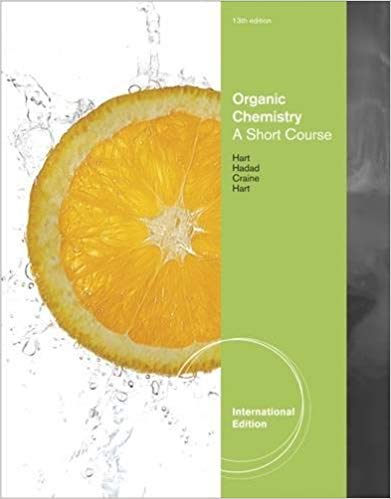
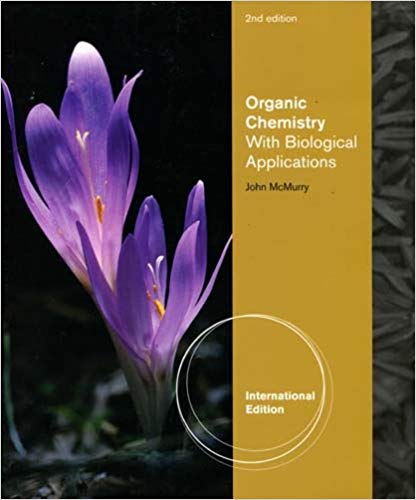


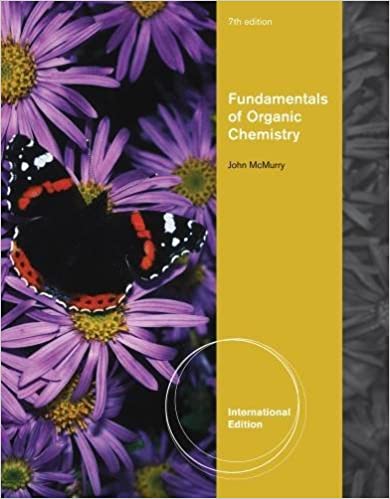
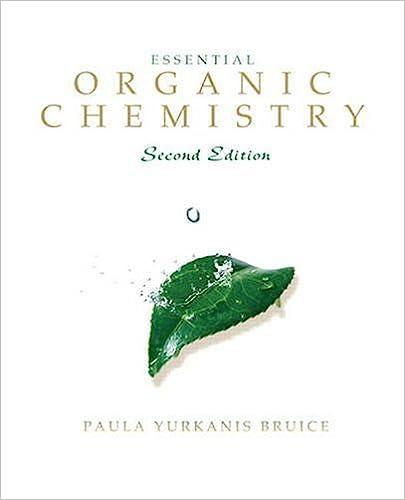
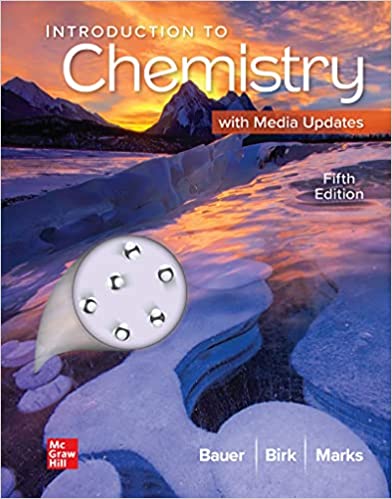



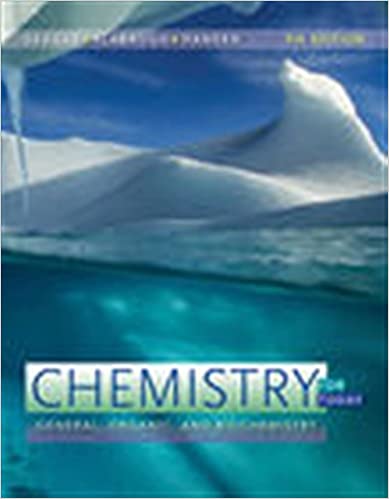

Reviews
There are no reviews yet.